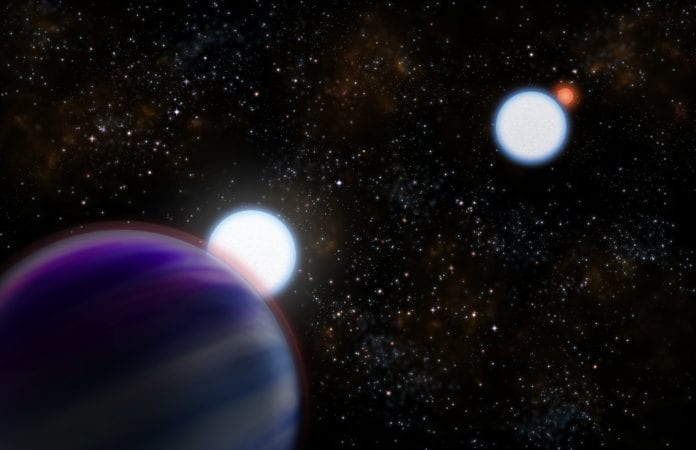Planets found outside our solar system are known as exoplanets. These distant clumps of rock represent the only hope that humans have at discovering alien life that didn’t originate in our solar system. Exoplanets have been the focus of astronomers for quite some time now. A major chunk of the observational facilities that scientists have at their command is trained towards the stars where they hope to find exoplanets. Thousands of exoplanets have been discovered so far, and the nearest one orbits Proxima Centauri and is called Proxima Centauri B. It is estimated to be 4.25 Light Years from Earth.
The collective effort of the scientific community has been to identify and catalogue as many exoplanets as possible. Another challenge that the physicists face is the problem of the atmosphere. It is entirely possible that an exoplanet can be atmosphere-less like Mercury or have an atmosphere filled with poisonous gases like Mars.

There are certain methods by which researchers tackle these problems. For the atmosphere problem, they use spectroscopy, and for finding the exoplanets, the only method they have is to use big telescopes, like the recently launched NASA’s TESS (Transiting Exoplanet Survey Satellite). These telescopes study the dimming in the brightness of a star’s light to determine the dimensions of an exoplanet when it passes through its line of sight.
One of the unexplored areas of Exoplanet hunting was recently brought to light. Theoretical predictions have been made about radio emissions from a star-planet interaction. Last month marked the first time when researchers were able to detect and decipher these signals. This discovery has many implications for the exoplanet-hunting community. The biggest implication being that it can be evolved into a new method for hunting exoplanets. Besides, this method can also determine the scope of the habitability of these exoplanets.

The paper, which was published in Nature Astronomy, describes a study primarily focused on Red Dwarfs. This is a kind of a star which is quite abundant in our galaxy, in-fact it is the most abundant star. It follows to reason that a better way to study these stars could lead us to discover more exoplanets.
The study utilizes the fact that Red Dwarfs produce an intense magnetic field around them. Although they are much smaller than the Sun, their magnetic fields are much stronger. The planet going around in such an intense magnetic field has similar effects as that of a dynamo. The difference is, energy is emitted in the form of radio waves, rather than electricity.
The closest place where we can observe such a phenomenon is Jupiter. It’s moon Lo’s motion around Jupiter takes it through the intense magnetic field of Jupiter and produces radio bursts. In-fact this knowledge was what prompted scientists to develop this method of observing exoplanets. The only problem with this method is that the interacting bodies do not have to be a star and an exoplanet. For example, a binary star system can produce such waves as well. However, other methods can easily rule out this possibility, making it a viable method of observing exoplanets.
Further Reading:


